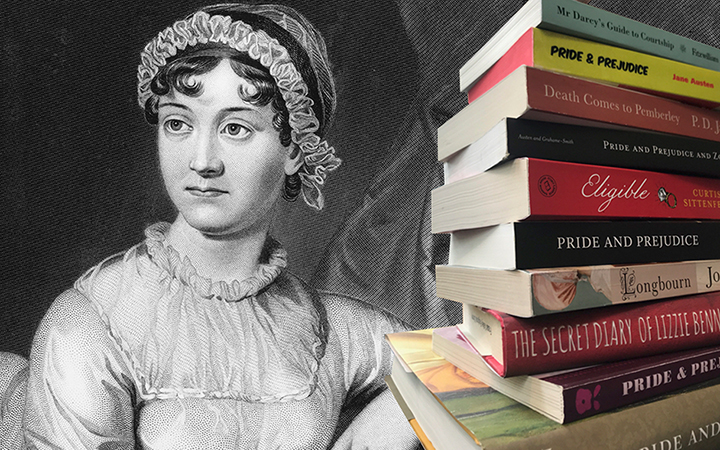From pages to screen, how do Jane Austen’s classics hold up? PHOTO CREDIT: Yale Daily News
While 2020 was a particularly sparse year for movies, a few still managed to make their way into theaters before COVID shut everything down. One of the movies I found particularly surprising and enjoyable was the Jane Austen adaptation of her 1815 novel “Emma.”
While I only had an interest in the film because of its lead actress, I left the theater thoroughly impressed by the movie and it led me to read the book earlier this year.
After having read the book I can safely say that 2020’s “Emma” is one of the most faithful adaptations I have ever seen, from the wardrobe and production design to the dialogue to the themes and messages.
The story of Emma is rather simple. Emma Woodhouse, a wealthy and well off young woman plays matchmaker and meddles in the love lives of her friends. It is not a difficult story to pull off from a plot point perspective, but in order for the story to work to its fullest extent it has to establish character, conflict and change. This is something the film handles very well. While keeping track of the multitude of characters is a bit daunting at first, the film very quickly centers on a select few and makes each of them distinct and understandable.
Specifically Harriet, Emma’s best friend and Mr. Knightley, Emma’s rival as well as Emma herself. Each of them play off of each other and feed into each other in a way that constantly keeps the story moving and keeps it engaging.
The performances also carry a lot of the film. Mia Goth as Harriet, Johnny Flynn as Mr. Knightley, Josh O’Connor as Mr. Elton and Bill Nighy as Emma’s father Mr. Woodhouse all bring a certain level of charm and comedy to their performances. But the main star and the reason I had any interest in the film in the first place is Emma herself, played by Anya Taylor-Joy.
I believe this is one of Taylor-Joy’s best performances in a career that has already had at least half a dozen excellent ones. She brings so much of what Jane Austen described as, “A heroine whom no one but myself will much like” without ever being over the top. She never rolls her eyes or laughs at others misfortune, she takes Emma in a much more understated direction.
There is a certain mild irritation that one can see in Taylor-Joy’s expressions throughout the film that builds and builds until it is released in a scene that packs a surprisingly hefty punch. It is a very difficult tightrope to walk but it is one that Anya Taylor-Joy handles masterfully.
One of the more underrated aspects of the film as an adaptation is how accurate it is to the time period the novel takes place in, the early 1800s. There is a reason why “Emma” was nominated for two Oscars, one for Best Costume Design and one for Best Makeup and Hairstyling. The sets and wardrobe are gorgeous and really bring to life the elegant society Jane Austen depicted in her novel, all without it feeling like the viewer is being guided on a mansion tour or through a museum.
Additionally, the almost Victorian era dialogue from Austin’s novel is followed down to the word in some scenes and, even when things change, the heart of the story and Emma’s character arc is handled with love and appreciation. You can tell that first time director Autumn de Wilde understands and cares about Emma, both as a character and as a story.
I may be a Jane Austen novice, but I am well versed in how adaptations can go horribly wrong, whether that has to do with misunderstanding the material or not valuing the story or characters or simply making an adaptation in order to make money on a successful brand or name. These are pits that 2020’s “Emma” sidesteps in every capacity, from the actors to the script to the music and locations. It is a film I am certain any Jane Austen fan would love.




